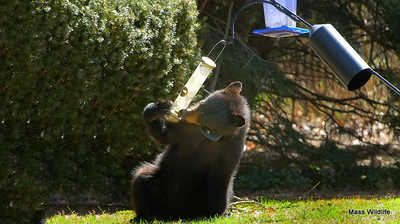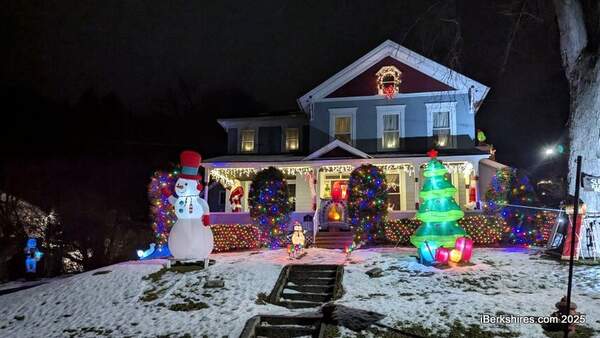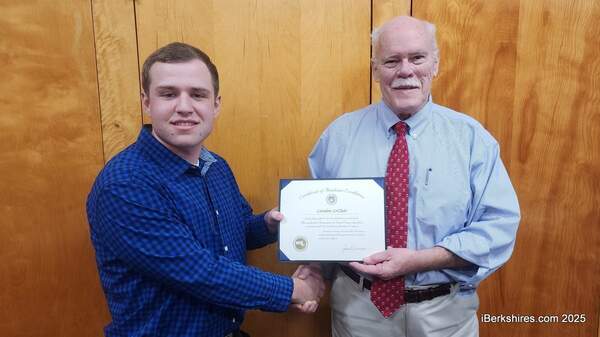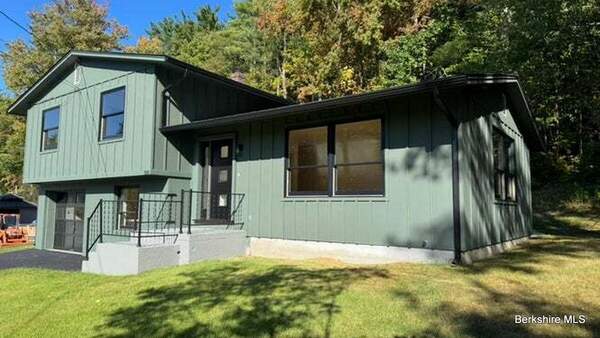
Black Bears Waking Up in Massachusetts
 |
NORTH ADAMS, Mass. — March is hungry bear season, says the state Department of Fisheries and Wildlife.
Wildlife officials are reminding the public that bears are beginning to emerge from their winter dens and seek out food.
Residents in northern Middlesex County, Worcester County and Western Massachusetts, or other areas where bears have been spotted, should know it's time to take down bird feeders.
Natural foods such as acorns and other nuts are usually available on the ground, but last year's fall hard mast crop was meager. Bears will often ignore seasonally available natural foods including skunk cabbage in favor of an easy meal at a backyard bird feeder. Other species including wild turkeys and coyotes may also frequent bird feeders leading to a variety of nuisance issues.
To avoid these problems, MassWildlife asks property owners to be proactive by removing bird feeders and other potential food sources including garbage or open compost. If you enjoy watching birds in your yard, MassWildlife suggests adding a water feature, growing native plants, shrubs, and trees to attract birds.
Individuals should also secure bee hives, chickens, and livestock. Properly maintained electric fencing is the only way to protect chickens or bee hives from bears. Taking these actions may prevent the unnatural feeding of bears and other kinds of neighborhood wildlife.
There are at least 4,500 black bears in Massachusetts and their range is expanding eastward. Take action by educating yourself and your neighbors about proactive measures to avoid conflicts with bears. Visit Mass.gov/Bears for detailed information and do your part to keep bears wild.
Tags: bears, mass wildlife,















